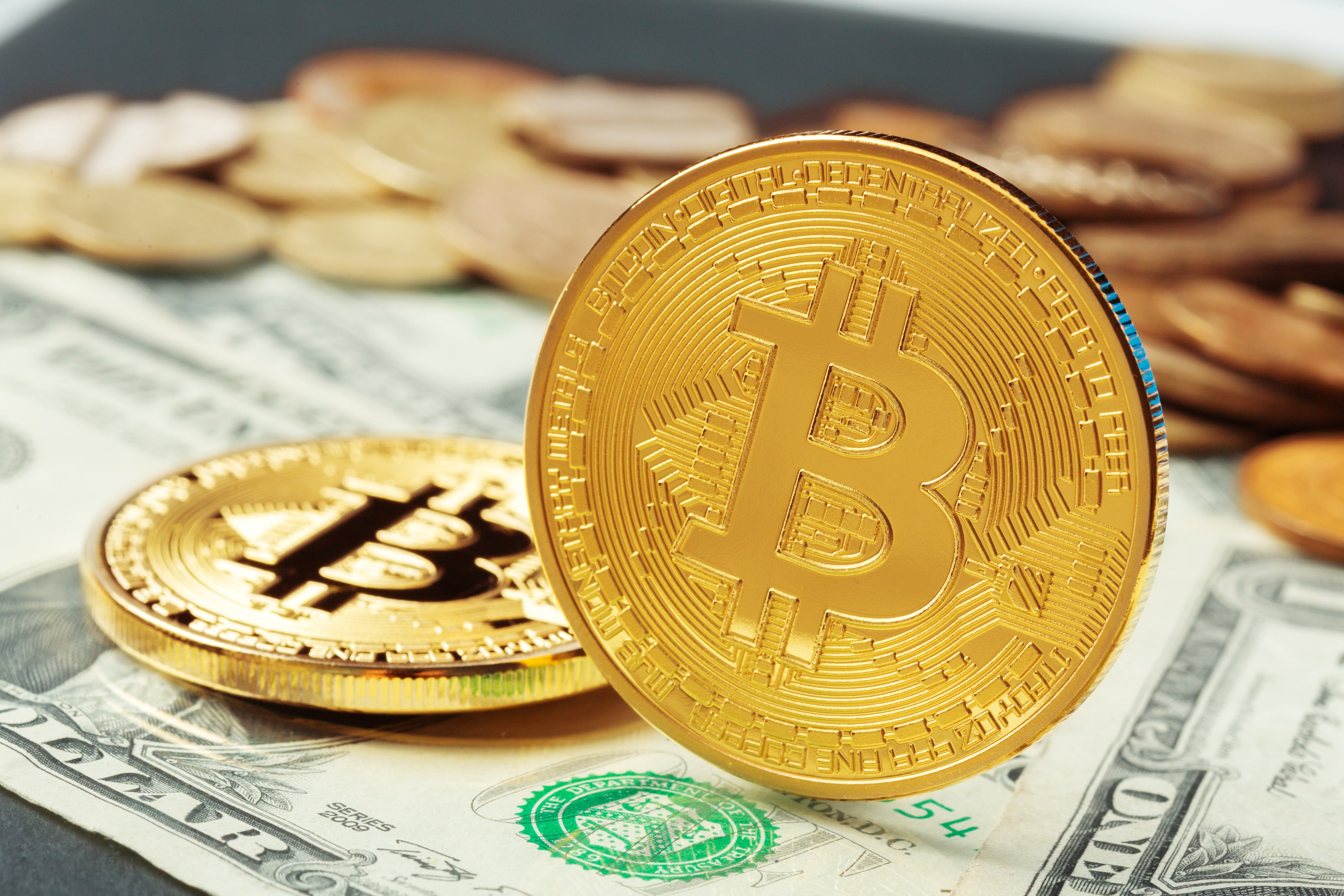Santa Claus is coming to town…You’d better not doubt, I’m telling you why
Good news for all good children (the naughty needn’t apply): Santa Claus really does exist, at least when it comes to financial markets. The Santa Claus Rally has become an established phenomenon, rigorously verified by skilled analysts, making use of powerful computers and complex statistics (because elves, of course, are notoriously hopeless when it comes to econometrics). And for decades the traditional holiday months of August and September have returned an average, Grinch-like, minus 0.42% return on invested assets, but Christmas gift wraps a healthy 1.37% (www.cmegroup.com): it’s a brave child (or adult) who dares even whisper a suggestion the jolly hand of Santa Claus isn’t at work… so you’d better not doubt, you’d better not try…the Santa Rally’s coming to town (again).
The term itself was coined back in the 1970’s when we were all younger and less internet jaded: more or less everyone believed in Santa Claus, as well as Milton Friedman, moon boots and space hoppers (although space hoppers and moon boots were real, so we could see them and had no reason to doubt). Milton Friedman was obviously made up, but what about Santa Claus?
Working without any assistance from elves, market analysts set out to answer the question: and after conducting literally hours of research into long term investment trends, they discovered a compelling anomaly: throughout the decade (again, we’re talking the 1970’s here) there were consistently higher returns on stock markets for the six day period falling between Christmas and the second trading session of the New Year.
Coincidence? They thought not…it must be Santa Claus. The same trend was evident when they drove their data back to the 1950’s, finding a clear (average) seasonal spike of 1.37%, year after year…decade after decade.
And since 1980, the sad year when market analysts lost interest in Santa and went back to their desks to do some real work, more than 70% of these six day festive periods have produced net market gains of between 1% and 2%. At the end of 2008, when even good children were suffering from the effects of the financial crash, the S&P 500 managed a 7.4% rally over Christmas. It had to be Santa Claus…
After all, by the time he’d finished making deliveries in 2008 and retreated to the North Pole, the S&P 500 promptly fell by 10.95% in three weeks. It just had to be him…
Who else could it be?
Well, and obviously don’t tell the children this, there could have been other factors at play: those rallies and falls may have had just as much to do with market forces as jolly old men carrying sacks.
The rally at the end of 2008 came at the tail end of the biggest US stock market fall since the Great Depression, so there was really only one way for the Christmas market to go (and it didn’t stay there long after the hangover set in). The same goes for the second strongest Santa Rally since records began: that happened in 2018, which was the worst year for the S&P 500 since…well, since 2008. Again there was only one way to go.
And add to that, the final week of the year conventionally trades on much lower volumes than any other (non Christmas) week so price movements are amplified; seasonal closures (of which Christmas is the biggest) tend to drive a pre-closing flurry; and people just feel happier and more optimistic at Christmas (we can’t prove that by statistics, they just do).
Don’t forget though: he’s still going to be making a list…
Executive Overview
Cut and dice the statistics as we might, there’s no escaping the joy and solace Christmas brings.
A very happy Christmas and a prosperous New Year to all our Investors and Readers.
Invest in Red Ribbon Asset Management

Red Ribbon is committed to identifying and building on investment opportunities that are fully in compliance with its core Planet, People, Profit policy: not only offering above market rate returns for investors but also protecting our Natural Capital.

.jpg)

.jpg?width=150&height=150&name=shutterstock_1989846932%20(1).jpg)
.jpg?width=150&height=150&name=shutterstock_1441430576%20(1).jpg)



Leave a Reply